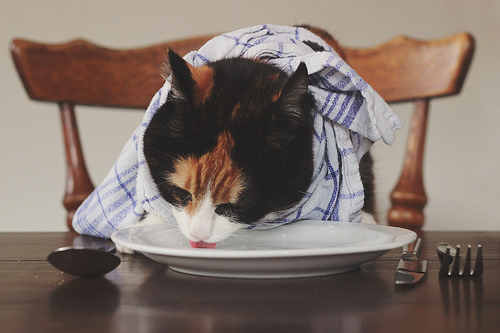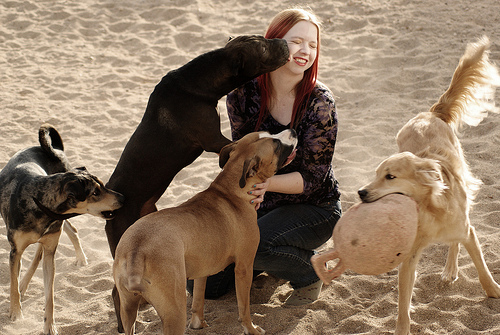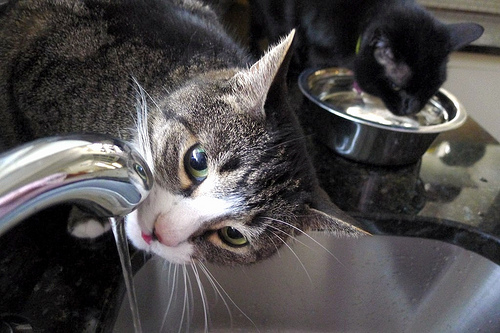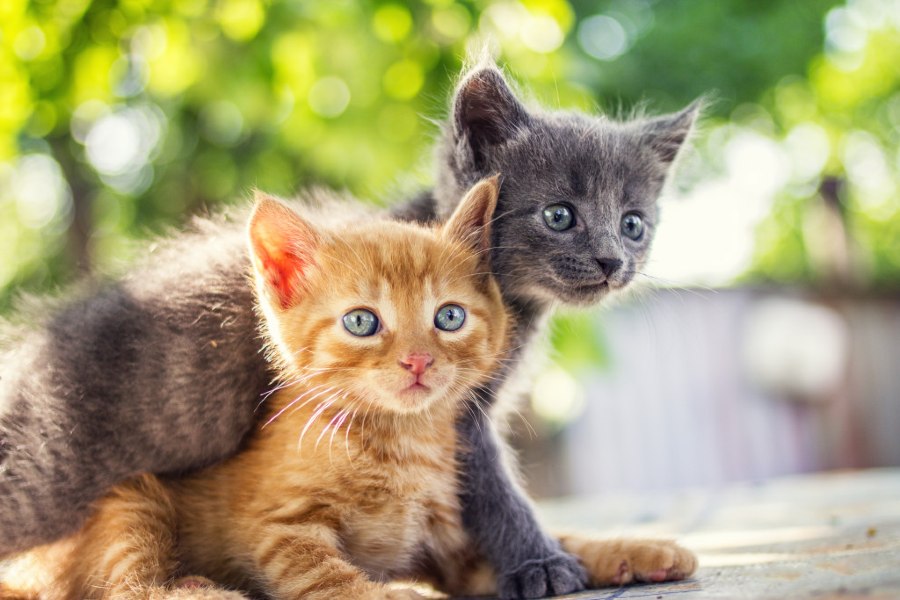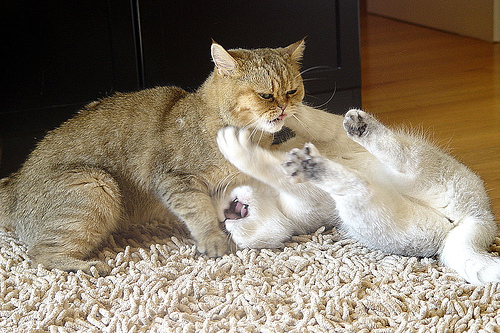Fleas are undoubtedly one of a pet owner’s nightmares, not least because they’re almost impossible to get rid of without thoroughly treating both your pet and your entire home. They are irritating creatures but also strangely fascinating.
Here are some interesting facts about fleas?
They’re Tiny
The average flea is only 2-3 mm in length and weigh less than 1 gram. The Beaver flea is one of the largest flea species and can reach up to 11 mm in length.
They’re Strong
Fleas can potentially pull up to 160 000 times their own body weight – the same as a human pulling over 2600 double decker buses. They’re also impossible to crush due to their hard outer casing.
They Jump … Far
Fleas don’t have wings and instead jump onto their host. Despite their very small size, they can jump a lot further than you might think. It’s been suggested that fleas can jump up to 200 times their length and up to 150 times their height.
There Are Lots of Different Types
Think there’s only one or two different type of flea? Think again! There are actually over 2000 flea species, although it’s usually the ‘cat flea’ that affects our pets.
The Males Aren’t Dominant
In the vast majority of flea species, the females are bigger than the males.
They Need a Lot of Sustenance
A female flea can feed on up to 15 times her own body weight in blood (from her host) every day.
It’s Not Just About Adult Fleas
Adult fleas on your pet only account for a very small proportion of a flea infestation; around 95 per cent is actually larvae, pupae and eggs. This is the main reason why you need to flea treat all of your home as only targeting your pet will not solve the problem.
If They Don’t Find a Host, They’ll Die
Once adult fleas emerge, they must find a host to feed on within 7 days or they will die. They therefore will not come out of the pupae stage until environmental factors such as heat and carbon dioxide indicate that there is a host in the area. Fleas can stay in the pupae life stage for up to a year if necessary.
They Lay Eggs Quickly
After first feeding on a host, female fleas start laying eggs within 48 hours and his can start to happen within 36 hours. There’s not much time after your pet first becomes a host and a flea infestation starting to take shape. They cannot lay eggs until they have fed on a host.
They Lay a Lot of Eggs
The average female flea will lay up to 40-50 eggs per day and up to 2000 eggs during their lifetime.
Flea Infestations Can Lead to Other Problems
Some pets with fleas can develop Flea Allergy Dermatitis (FAD) – an allergic reaction to flea saliva, which can lead to hair loss. Pets with fleas can also develop tapeworm infestations and anaemia.
[Photo Credit: kat m research]



